The Great Himalayas Calling: Day One
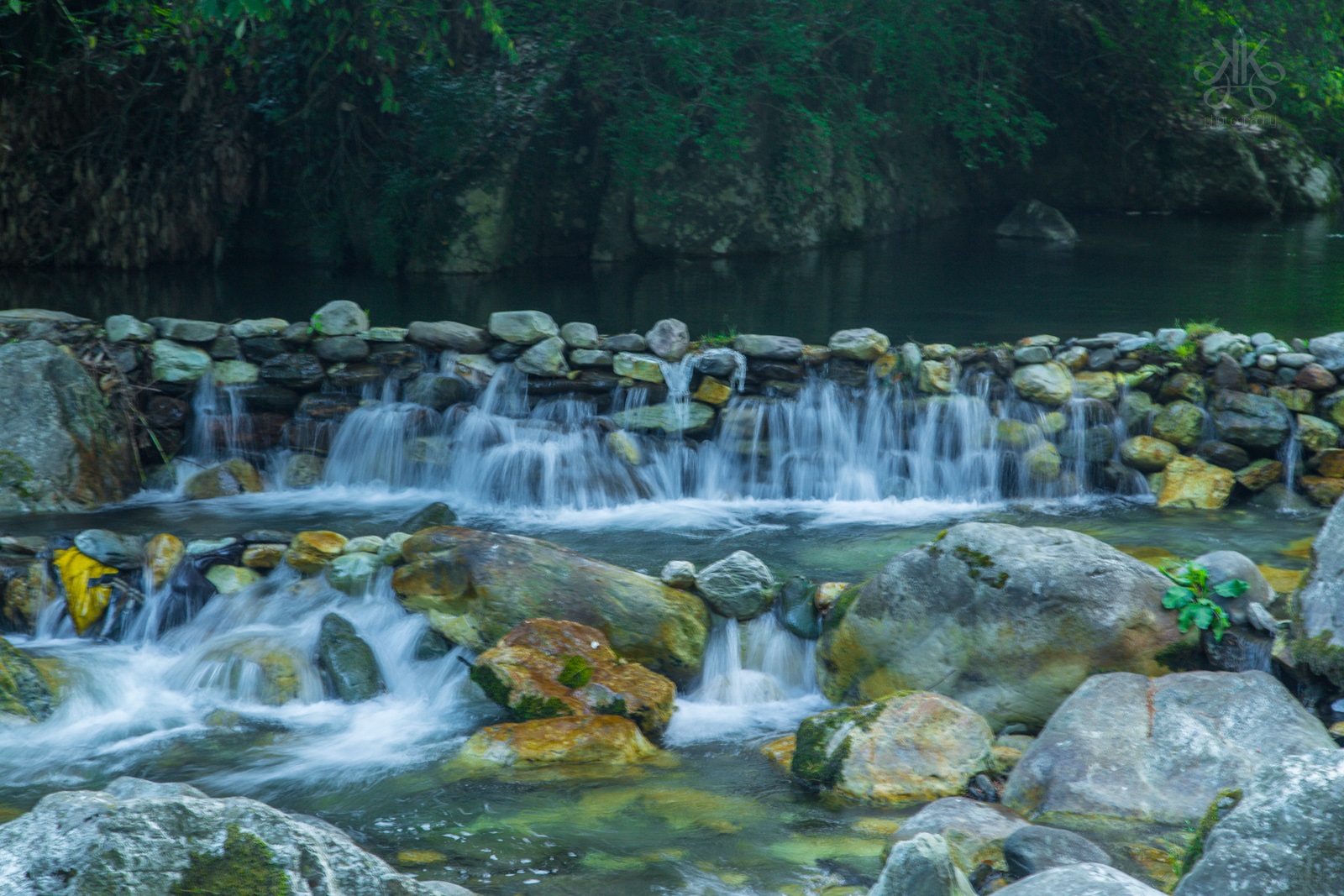

Majestic and mighty Himalayas, the crown of our country, have been attracting wanderers, philosophers, explorers, trekkers and travelers like me since times in memorial. Each person is enticed towards it for a different reason. Some are trying to find inner peace, some are in search of nirvana and a few others just want to lose themselves in theirnatural and scenic beauty.
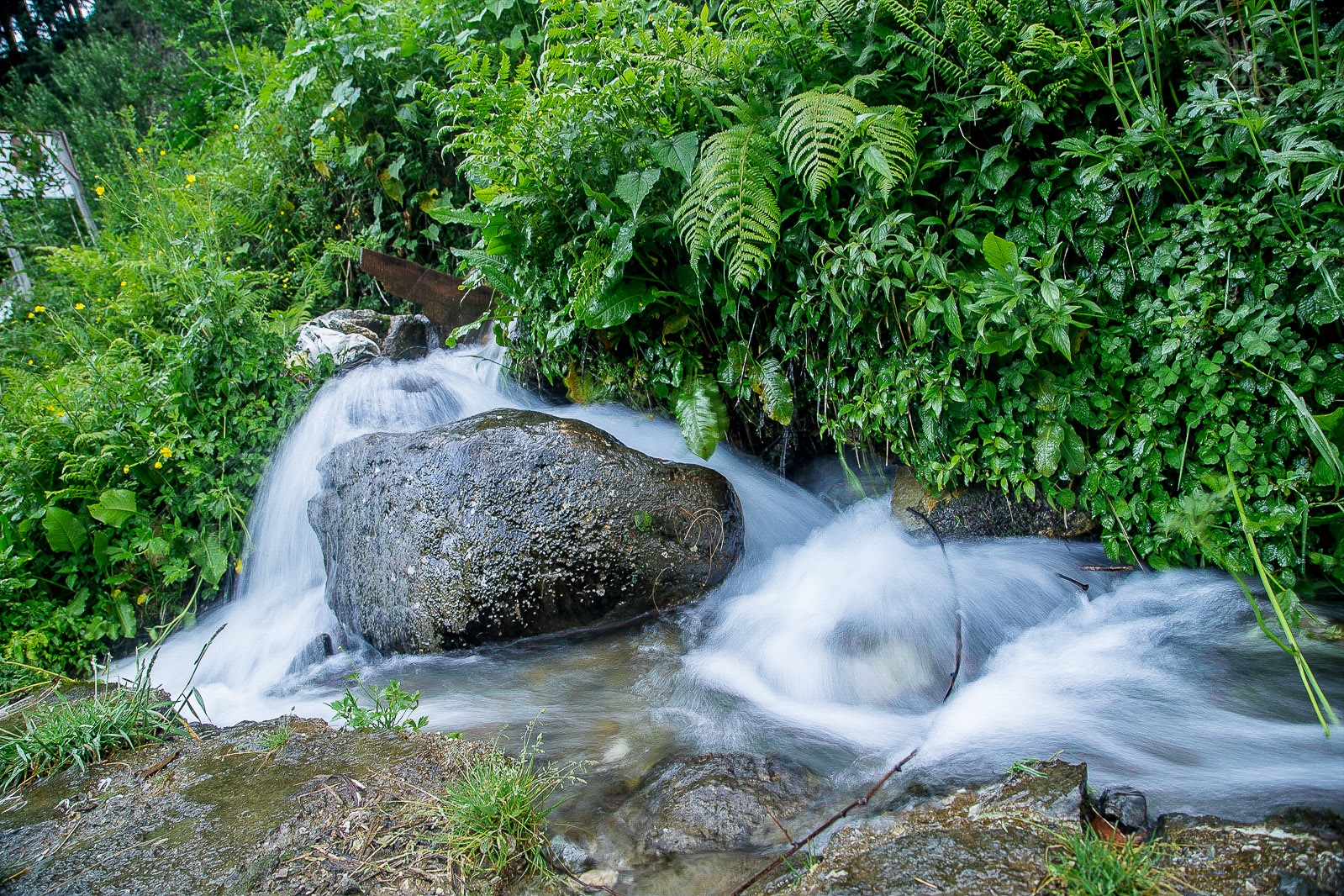

The Himalayas are home to great rivers too. On one end we have the Indus whereas the other end is marked by the Brahmaputra. Greenery and nature’s bounties abound the entire landscape. It is said that the Himalayas have an enigma that attracts people like a magnet. I too have been fascinated with the charm of the Himalayas.
I have already shared my Leh-Ladakh travel diary with you. This time I would take you to the outer areas of the Himalayas. The great Himalayan range is so big that it is not possible to cover the entire expanse in one trip.
The range is divided into four categories:
- Trans Himalayan Range
- Greater Himalayan Range
- Middle Himalayan Range
- Shiwalik Range
Let us begin our journey with information about the Himalayas
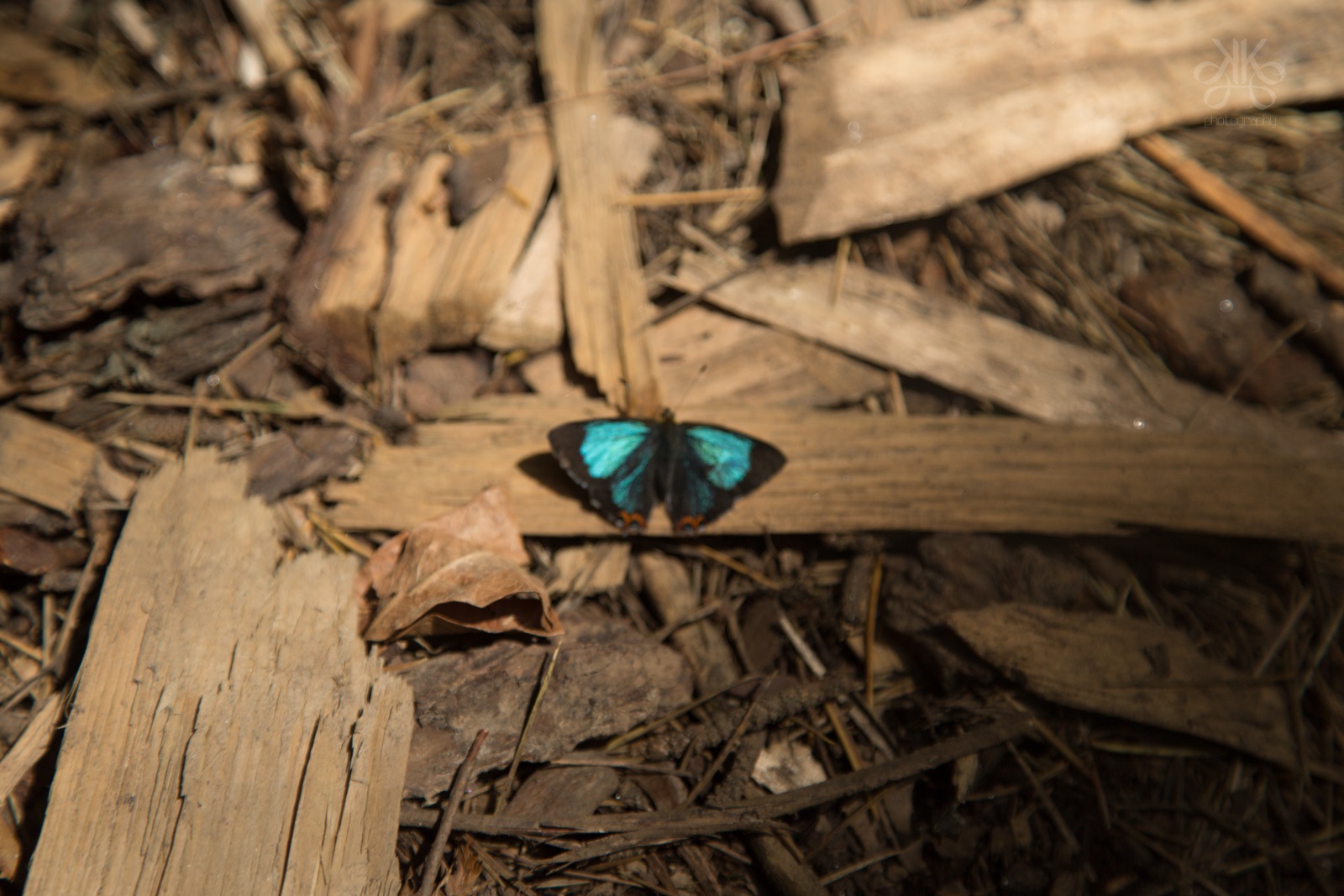

The Northern-most range also called Trans Himalayas is the oldest range. It consists of Karakoram Range, Ladakh Range and the Kailash Range and is an extension of the Tibetan plateau having a width of 40 km.
The Himadri or the Greater Himalayas is the highest range of the Himalayas. The Zaskar Range of Jammu and Kashmir is part of the Himadri. Some of the highest mountain peaks like Mt K2, Kanchenjunga, Mt. Everest, Annapurna, NamchaBarwa etc. are found in the region
To the South of the Greater Himalayas lies the Middle Himalayan or Himanchal range. The Kashmir Valley in the west and Kathmandu valley in the east are two of the biggest valleys found here. It consists of the PirPanjal range of Jammu and Kashmir, Dhauladhar range of Himachal Pradesh and Mahabharat range of Nepal.
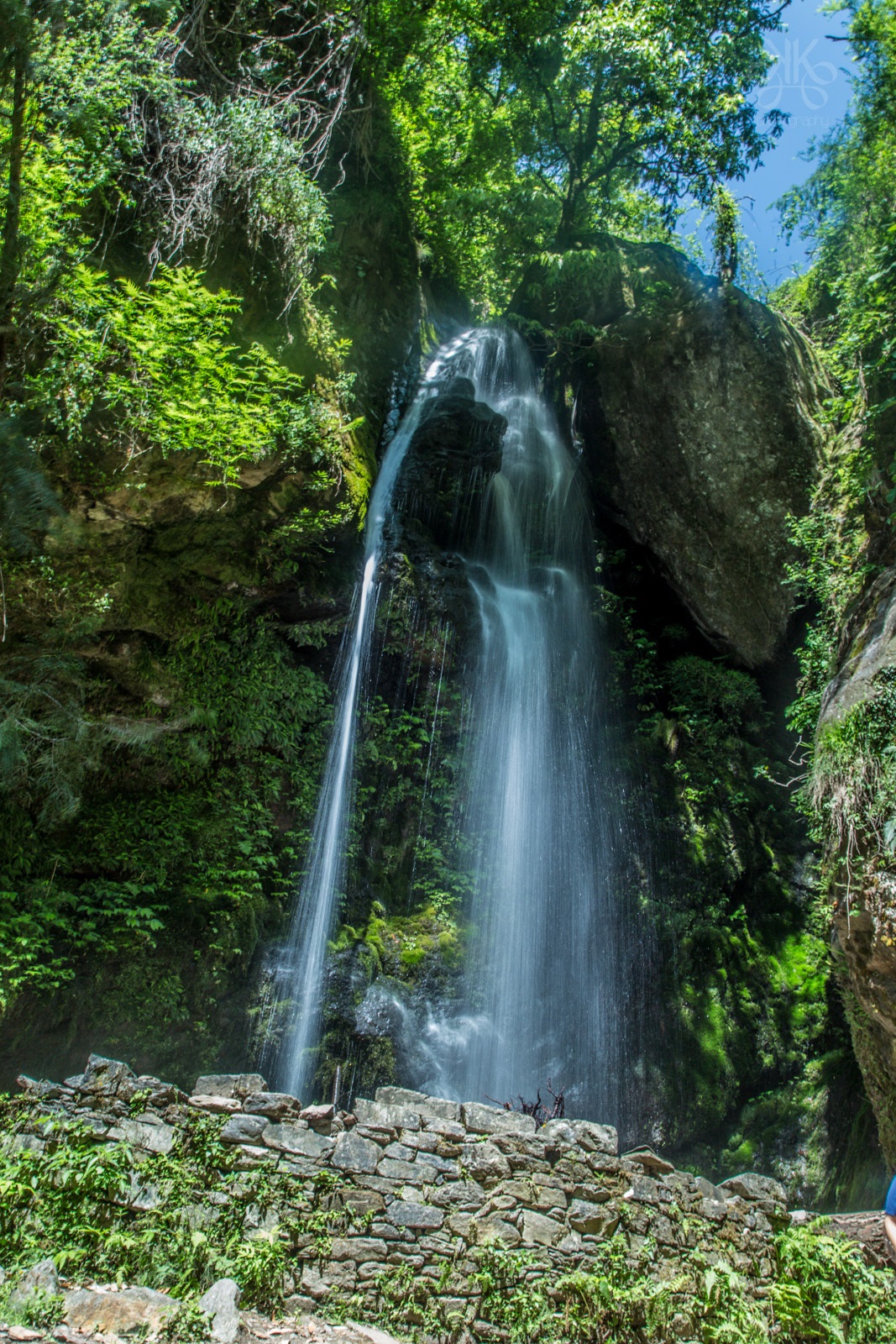

The Sivalik range is also called the outer Himalayas or Lesser Himalayas. This is the youngest range and has peaks that are comparatively less in height. It runs continuously from Himachal Pradesh to the easternmost part of India. Although it is inconspicuous in Bhutan and West Bengal, but emerge again in Arunachal Pradesh in the form of Miri, Mishmi and Abhor hills. The Doon Valley is situated between the Middle Himalayas and the Shiwalik hills.
Bear Circuit- Himachal Pradesh, Shiwalik and Dhauladhar Mountain Range
Beas Circuit in Himachal Pradesh is spread over the Dhauladhar range of the Shiwalik Mountain range. They are also called as the new mountains of the Great Himalayas.
Day 1- Delhi to Jibhi
Day 2- Jibhi and Banjar Valley
Day 3- Kasol
Day 4-Kullu
Day 5- Naggar
Day 6- Manali
Day 7- Kasauli
Day 1- Delhi to Jibhi
To befriend the Shiwalik hills, I chose the Beas circuit this time. I had heard that this part of the Himalayas is even more beautiful than Kashmir and all the hearsay actually turned true. It is my endeavor to choose and showcase a destination that is not frequented by regular tourists and not a clichéd destination. Hence, I decided to travel through the Beas circuit.
I started my journey from Delhi early morning at 5 am. We reached Shimla at 2 pm which was hustle bustle with tourists and regular visitors. We halted our journey at Kufri, adjoining Shimla for lunch. Shimla and Kufri have become so commercial and look like any metropolitan city. Today is 28 May and the entire India is reeling under heat wave and here I was enjoying a cooler weather near the Himalayas.
To reach Kufri, we travelled through the Himalayan National Expressway via Parwanoo and then reached Shimla. The expressway is a four lane highway till Parwanoo and the drive is smooth and convenient. Wide roads and scenic beauty make the journey even more enjoyable.
The moment we crossed Parwanoo, the roads become narrower and curvy. Parwanoo is also a good destination to take a break. You can have a lunch at Timber Trail and enjoy the cable car ride here as the restaurant is situated on the hill running parallel to the Expressway. We decided against stopping at Parwanoo and took the route of Banjar Valley. One can reach Banjar valley through the Jalodi pass. Tall Pine trees bow to the visitors and refresh them with their cool breezes. You are instantly reminded of the proximity of the Himalayas.
Making roads on hilly terrains is a task in itself. The mountains are cut and roads constructed so that travelers can set on their path of exploration and movement of goods and services continue unabated. The breathtaking view of the valley and nature’s beauty in every nook and corner of the mountains make me speechless. I attempt to capture it in my limited vocabulary but fail. The out of the world experience mesmerizes me.
Small villages spread over distant hills and surrounded by orchards with trees bearing fruits like apples, peaches, cherries, almonds, apricots etc. The farmers cover these trees with thin nets to protect them during hailstorms. Hilly cottages covered with brightly colored tin roofs add to the beauty. These cottages are made of wood of pine trees that provide strength to these cottages. The houses are beautiful and very cozy just like cottages depicted in fairy tales. One can see fresh fruits like apples, peaches and farm fresh cherries, green almonds being sold on the curvy hill tracks. Farming is the main occupation of people of Himachal Pradesh. Rice and wheat fields and fruit orchards abound in this landscape. We wanted to reach Jibhi as soon as possible before the dark. Hence without wasting our time we were heading towards our destination Jibhi for our first stop over. Jalodi pass is one of the most treacherous passes in the world. National Geographic Traveler has placed it in the list of ten most difficult passes of the world. The path was becoming even more challenging as we were nearing our destination. We were anxiously waiting to reach our destination. The roller coaster ride and deceiving turns were testing our patience. Each turn gave us a hope of reaching a destination and as we crossed it, a new hill emerged to be travelled. Snow covered peaks were also conspicuous during our entire journey.
As we approached Jalodi, the road became very narrow and was covered with potholes too. This is the only pass of India that is open for traffic throughout the year. It is imperative and advisable to adhere to the issued traffic rules to travel on this pass. The moment you reach this pass, many government safety signboards would catch your attention. Drive in first gear, drive slow, deep abysses and steep roads and blind turns etc.
The height of the pass is 3120 meter above sea level. It is hard to find snow in the summers here but in winter the snow covered roads welcome you. This pass connects Kullu Valley with Rampur in Himachal Pradesh. The entire pass is surrounded by high peaks and deep abysses. Breathtaking view of the valley makes the journey enjoyable. Rivers escort you throughout the route changing their direction as you travel. Crystal clear water falling over rocks createsrhythm and pleasant music. I would recommend that someone travelling on this route should cross this pass only during the day time.
We reached Jibhi at 9 pm. This is our first stop over. It had become quiet dark outside as the moment the sun sets, stark darkness envelops the hills. We were also very tired after travelling 543 km that day. We spent our night in the vast campus of Jibhi camps and cottages beneath the twinkling stars shining brightly in the dark night. The waters of the Tirthanriver were creating soulful music and the thermometer displayed 6 °C at that time.
Till we meet nextwith a new destination of the Beas Circuit and lesser known aspects.
Be happy and keep travelling.
Your friend and companion
Dr. Kaynat Kazi


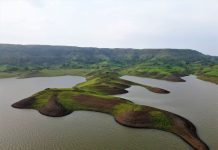
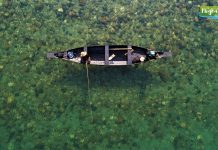

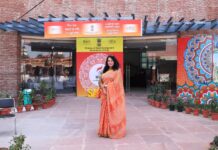
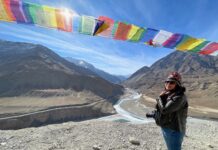
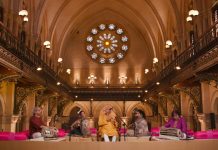
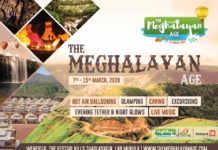
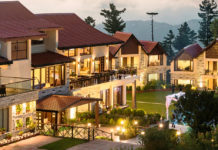

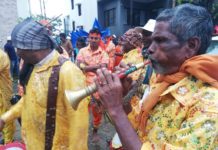

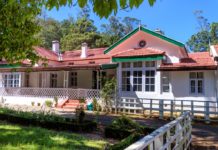
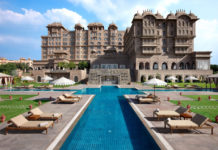
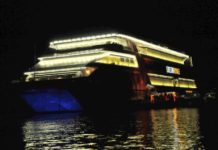
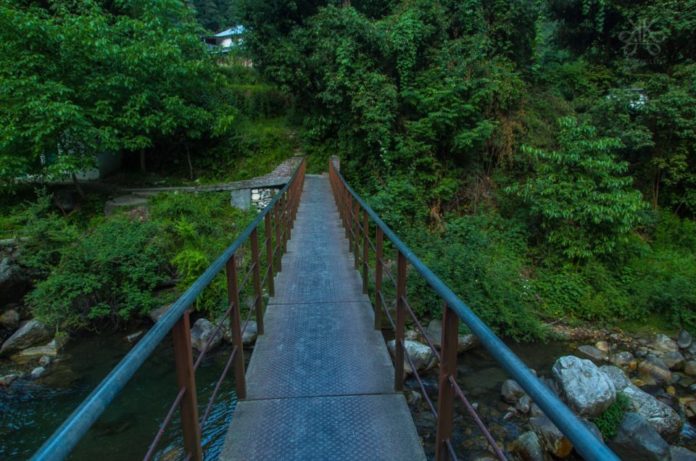
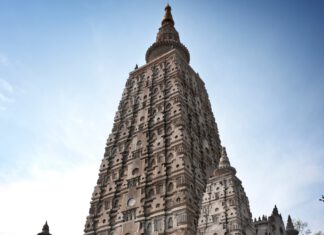












The pictures are beautiful. Terrific!
Thank u so much Deepika for liking my work!!